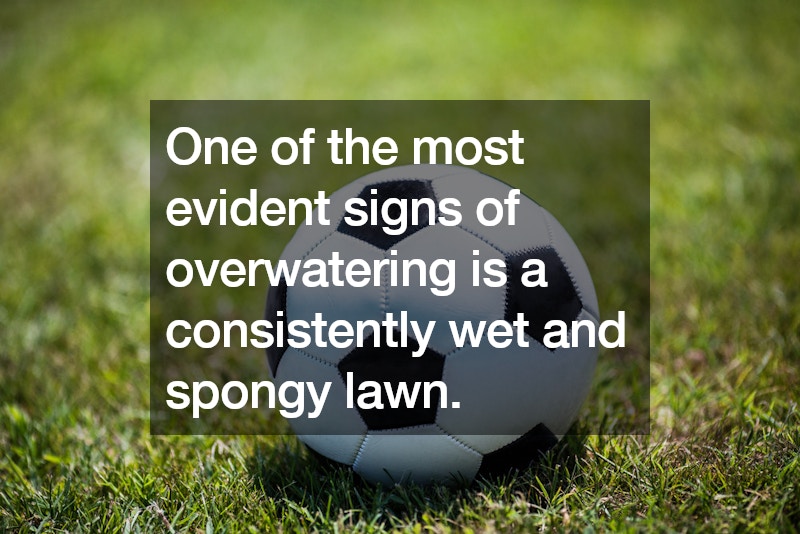
A lush, green lawn is a source of pride for many homeowners, but achieving that perfect look requires the right amount of water. Overwatering, however, can be detrimental to your lawn’s health. Recognizing the signs of overwatering is crucial to maintaining a healthy lawn. Here’s how to know if your lawn is overwatered and what to do if lawn is overwatered.
Signs of Overwatering
One of the most evident signs of overwatering is a consistently wet and spongy lawn. If your lawn feels squishy when you walk on it or if water pools in low areas, it’s likely being overwatered.
Another sign is the presence of fungus and mold, which thrive in moist conditions. Look for mushrooms, mold patches, or a musty smell as indicators of excessive moisture.
Yellowing grass can also be a symptom of overwatering. While yellow grass might seem like a sign of dryness, it often means the roots are suffocating due to too much water, leading to nutrient deficiencies. Additionally, if you notice an increase in weeds, such as crabgrass or nutsedge, it could be because these weeds thrive in overly moist soil.
Assessing Your Watering Practices
To determine if you are overwatering, assess your watering practices. Most lawns require about one to 1.5 inches of water per week, including rainfall. Using a rain gauge can help you monitor how much water your lawn is receiving. If you’re watering more frequently than necessary, it’s time to adjust your schedule.
What to Do if Lawn Is Overwatered
If you suspect overwatering, take immediate steps to correct it. First, reduce the frequency and duration of your watering sessions. Water your lawn deeply but less often to encourage deep root growth. This helps the grass become more drought-tolerant and resilient.
Improve drainage by aerating your lawn. Aeration involves removing small plugs of soil to allow air, water, and nutrients to penetrate the grassroots. This can help alleviate compaction and improve water absorption.
Check your irrigation system for leaks or malfunctions. A broken sprinkler head or misaligned sprinkler can lead to uneven watering and excessive moisture in certain areas. Regular maintenance of your irrigation system can prevent overwatering issues.
In conclusion, recognizing the signs of overwatering and taking corrective measures can help you maintain a healthy and vibrant lawn. By adjusting your watering practices, improving drainage, and regularly checking your irrigation system, you can ensure your lawn receives the right amount of water it needs to thrive.
.


